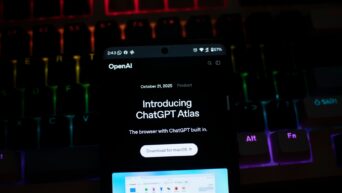Studies have shown that Americans, on average, look at their phones 52 times a day. Many Americans are in fact, addicted to their smart phones. Social media and gaming are two big factors for the sky-high levels of smartphone attachment, but most people are attached to their phones because they use them to keep in contact with people. So would you believe it if I told you that as much as people use smartphones to the point where it seems like they have smartphone cravings, that American adults crave actual human interaction more?
Polls have shown that adult Americans of all age groups, vastly prefer human interaction when it comes to interpersonal communication. From ages 18-34, 44% of those surveyed prefer human interaction as opposed to 28% in favor of texting. As the age brackets increase, so do the margins in favor of human interaction. 40% of adults aged 35-64 prefer human interaction as opposed to 20% most in favor of texting. And for adults aged 65+ 45% prefer human interaction versus 13% texting.
A decent percentage of people are still privy to emailing and phone calls; about 15% and 16% respectively on average with all age groups. The biggest surprise however, is the near non-existent preference of social media contact. Across all three age groups, only 1-3% actually prefer social media communication.
This may come as a surprise to some, but it honestly shouldn’t. When you see an old buddy from high school post up a picture of him and some other friends of his on a fishing trip, you aren’t content just seeing the photo; you wish you were in it.
Notice that thus far, these statistics only apply to American adults. That’s because for American youth, the story is much different. Unfortunately, America’s youth prefer texting over actual human interaction by a significant margin. 49% of teens preferred human interaction in 2012, and in 2018, that number has dropped to 32%. 33% of teens in 2012 preferred texting, and that figure has jumped to 35%. Furthermore, studies have shown that the majority of teens today, admit to using both social media and their smart phones too much.
These figures are very troubling, as the next generation of America, are becoming less and less interested in spending time with each other. If left unchecked, the social skills (or lack thereof) of American youth will continue to deteriorate. Not only will they become less interested in talking to one another in person, but when they are inevitably forced to do so, they may be prone to social anxiety due to their underdeveloped social skills. This could not only adversely affect interpersonal relationships, but also affect their ability to get jobs.
































